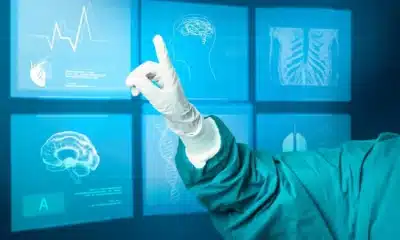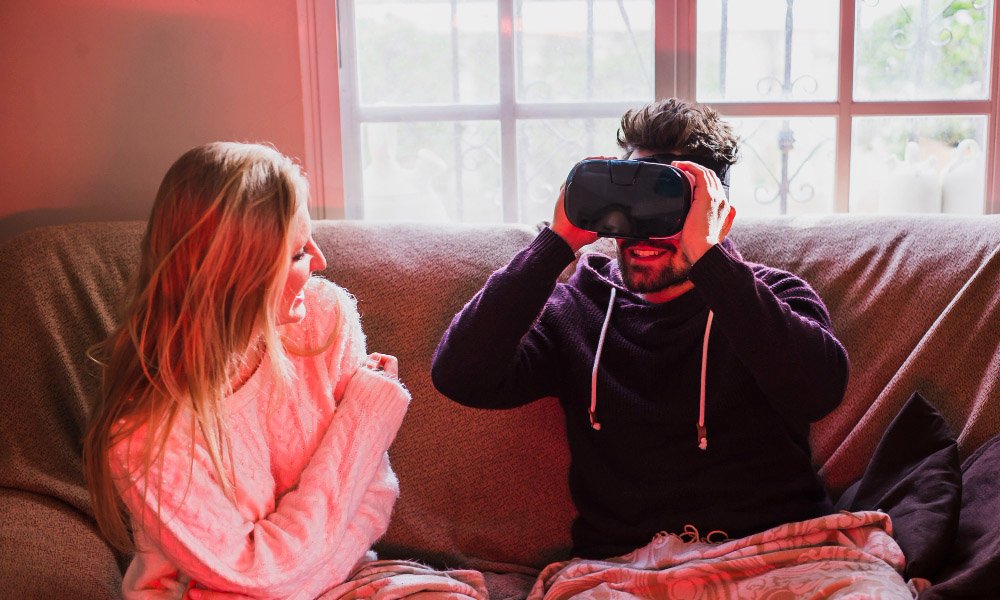Let’s be honest: the professional house cleaning industry runs on the unwavering strength and resilience of the human body. It’s a career built on a foundation of repetitive motions—the constant bending to scrub baseboards, the shoulder strain of polishing high windows, the wrist flicks of detailing, and the leg fatigue of hours spent on unforgiving hardwood or tile floors. While a well-organized schedule and efficient tools are the obvious frontline defenses against burnout, an innovative and perhaps unexpected ally is emerging from the world of wellness: red light therapy (RLT).
Once confined to high-end dermatology clinics and athletic recovery centers, this non-invasive treatment is now accessible for home use, prompting a fascinating question for those in physically demanding trades: Can a technology designed to rejuvenate skin and soothe sore muscles actually impact the grueling load of house cleaning services? The answer, it seems, lies not in the therapy directly cleaning any surfaces, but in its profound ability to support the instrument that does—the human body.
The Anatomy of a Cleaning Professional’s Strain
To understand the potential synergy, we must first deconstruct the physical toll. The fatigue a cleaner experiences isn’t merely a general feeling of tiredness; it’s a complex layering of musculoskeletal stress. Micro-tears in muscle fibers from lifting heavy furniture or vacuuming, inflammation in joints from repetitive kneeling, and delayed-onset muscle soreness (DOMS) from a long week of overexertion are all par for the course. This cumulative physical debt can lead to decreased performance, a higher risk of injury, and the need for longer recovery periods, ultimately impacting both the quality of service and the career longevity of the cleaner.
How Red Light Therapy Works at a Cellular Level
This is where red light therapy introduces its compelling mechanism of action. RLT devices emit specific wavelengths of red and near-infrared light that penetrate the skin to a depth of several millimeters, reaching muscles, tendons, and even bones. This light energy is absorbed by the mitochondria—the famed “powerhouses” of our cells—stimulating a more efficient production of adenosine triphosphate (ATP), which is the fundamental currency of cellular energy.
The cascade of benefits from this biochemical boost is precisely what addresses the cleaners’ plight:
- Enhanced Muscle Recovery: By fueling cells with more energy, RLT accelerates the repair of those exercise-induced micro-tears in muscle tissue, significantly reducing recovery time and alleviating DOMS.
- Reduction of Inflammation: The therapy has been shown to decrease markers of inflammation and increase antioxidant production, which can soothe the aching joints and muscles that are inflamed from a day of strenuous activity.
- Pain Relief: Studies indicate that RLT can help modulate pain signals and improve circulation, offering a drug-free method for managing the chronic aches that can plague professionals in this field.
Integrating RLT into a Cleaner’s Routine: A Practical Consideration
The concept isn’t that a cleaner would use a red light panel instead of an ergonomic mop; rather, it’s a complementary recovery modality used after the work is done. Imagine concluding a physically exhausting day deep-clening a large home not just with a hot shower, but with a targeted 10-15 minute session of red light therapy. This proactive recovery approach could mean waking up the next morning with significantly less stiffness and pain, ready to tackle another demanding schedule with renewed vigor and a reduced risk of injury.
For cleaning business owners, investing in the well-being of their teams isn’t just a kind gesture—it’s a shrewd business strategy. A team that recovers faster is a team that calls in sick less often, maintains a higher standard of work through sustained energy levels, and exhibits greater overall job satisfaction. In a industry with notoriously high turnover, providing access to tools that directly combat occupational wear-and-tear could be a powerful differentiator in attracting and retaining top talent.
Ultimately, while red light therapy will never scrub a toilet or dust a ceiling fan, its potential to fortify the individual performing those tasks is immense. By mitigating the physical load at a cellular level, this technology offers a promising, science-backed avenue for building a more sustainable, resilient, and effective cleaning service—from the inside out.

 News3 months ago
News3 months ago
 Health2 years ago
Health2 years ago
 Technology2 years ago
Technology2 years ago
 Celebrity2 years ago
Celebrity2 years ago

















